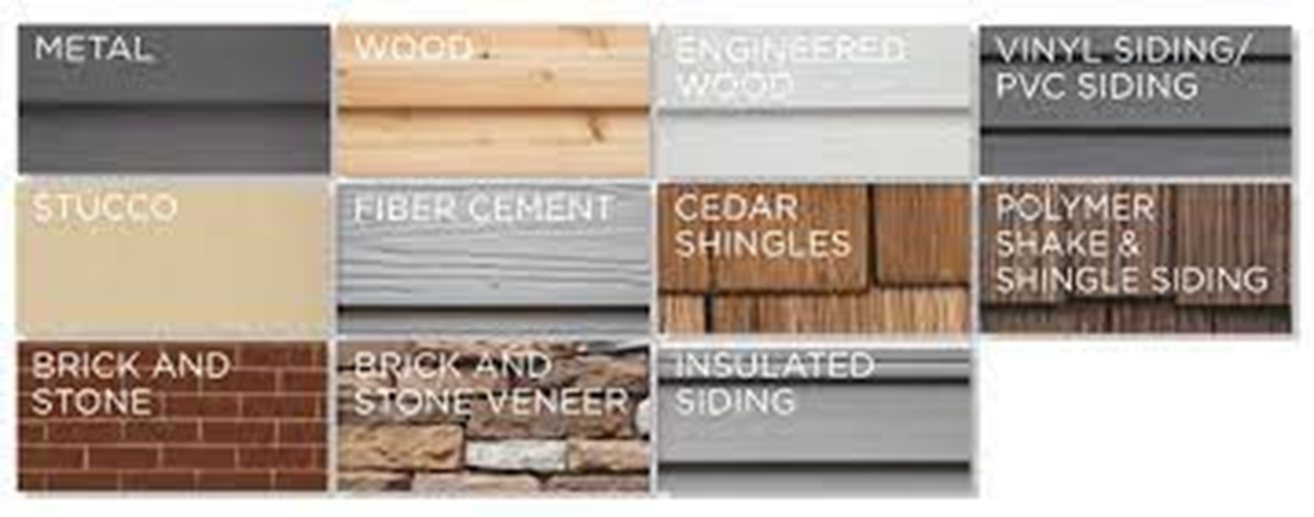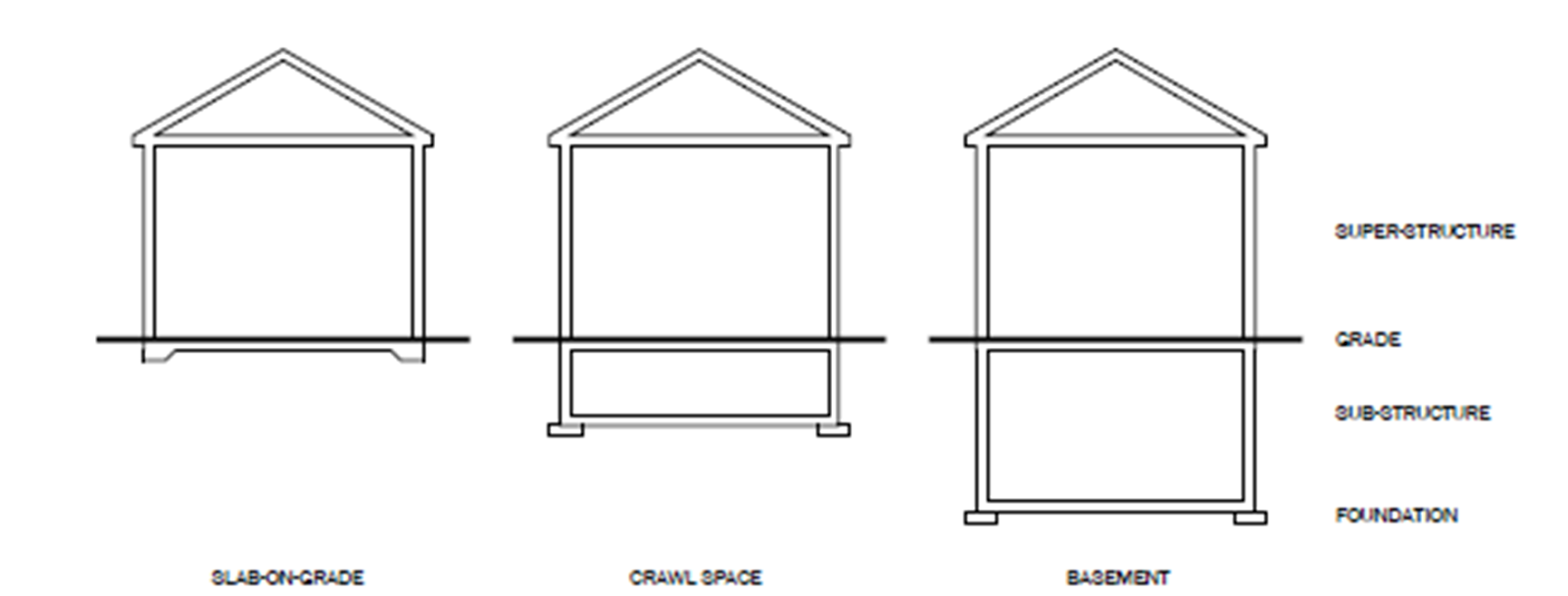Week 5: Walls

This week we covered walls. First, we started by learning about framing systems. This includes the stud walls, concrete and masonry bearing walls, and structural frame walls. Stud walls are built from wood or light gauge steel with a standard size of 2x4 or 2x6. The standard spacing for the studs is 12", 16", or 24" on center. after framing sheathing is added in plywood or OSB which is cheaper than plywood. Both contain adhesives and formaldehyde which are toxic chemicals. Concrete and masonry-bearing walls are made from brick stone, or reinforced cement. The challenge includes placement of electrical wiring, boxes, and switches challenges penetrations of plumbing and HVAC, and the attachments of interior finish materials and artwork. Structural frame, column, and beam systems are filled with various materials. Stud wall insulation panels and other materials are used for infill. Structural insulation panels are made...


.jpg)